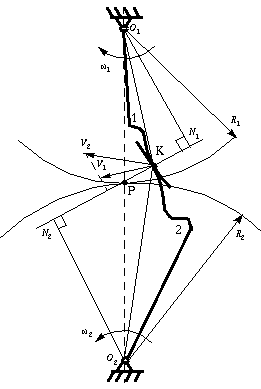The fundamental law of proportion, also known as the law of definite proportions or the law of constant composition, is a fundamental principle in chemistry that states that a chemical compound always contains the same elements in the same proportions by weight or by volume. This law is one of the cornerstones of modern chemistry and is based on the idea that chemical compounds are composed of fixed ratios of elements.
The discovery of the law of definite proportions can be traced back to the work of the French chemist Antoine Lavoisier in the late 18th century. Lavoisier was one of the pioneers of modern chemistry and is considered the "father of modern chemistry" due to his contributions to the development of the modern scientific method and the understanding of chemical reactions. Lavoisier's experiments showed that chemical reactions involve the transfer of atoms from one compound to another, and that the atoms of different elements can be combined in fixed ratios to form chemical compounds.
The law of definite proportions is important because it helps chemists understand the nature of chemical compounds and how they are formed. It also helps chemists predict the properties of chemical compounds and how they will behave in different reactions. For example, if a chemist knows the exact proportions of the elements that make up a particular compound, they can predict its melting point, boiling point, solubility, and other physical and chemical properties.
In addition to its importance in chemistry, the law of definite proportions has also had significant implications in other fields such as biology, geology, and materials science. For example, in biology, the law of definite proportions is used to understand the chemical makeup of different biomolecules and how they interact with each other. In geology, the law of definite proportions is used to understand the chemical composition of different minerals and how they form. In materials science, the law of definite proportions is used to understand the properties of different materials and how they can be manipulated to create new materials with specific properties.
In conclusion, the fundamental law of proportion, also known as the law of definite proportions or the law of constant composition, is a fundamental principle in chemistry that states that a chemical compound always contains the same elements in the same proportions by weight or by volume. This law is an important foundation of modern chemistry and has had significant implications in other fields such as biology, geology, and materials science.








